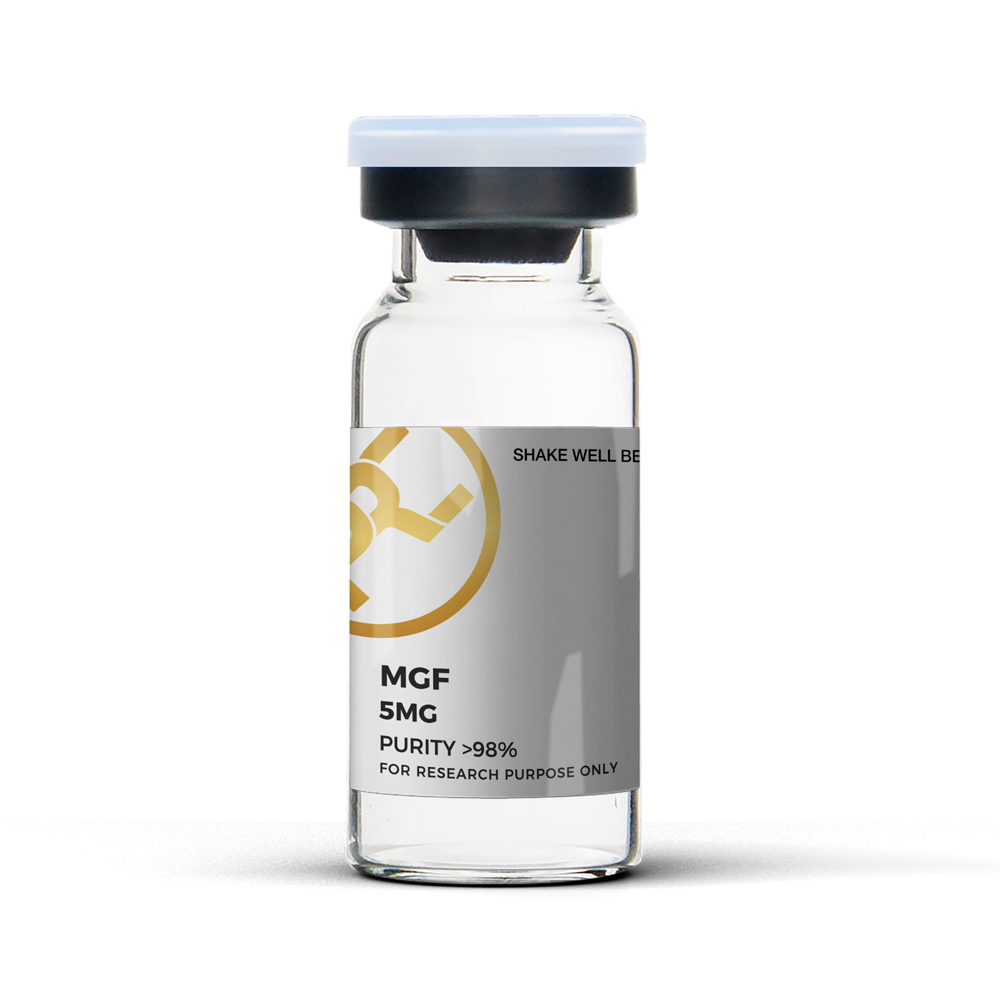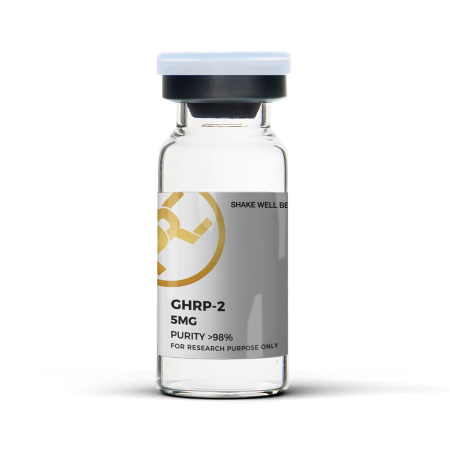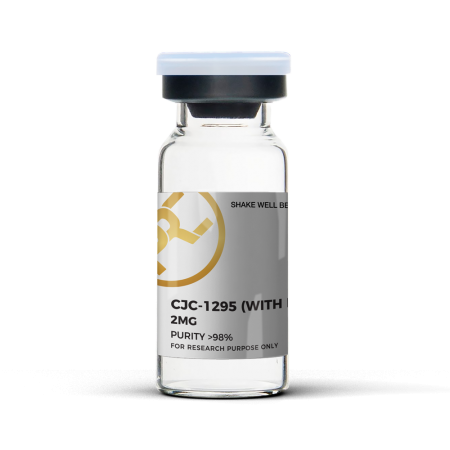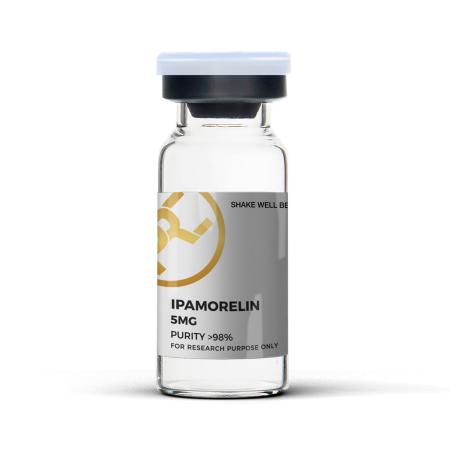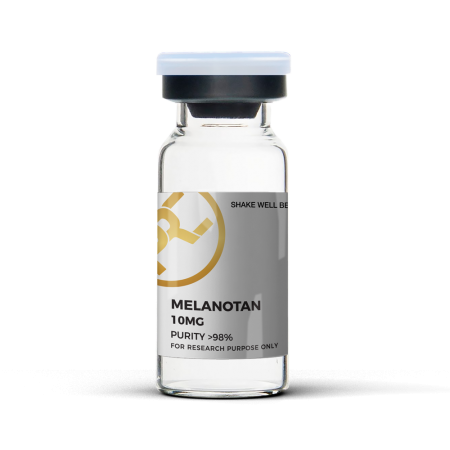Description
Product Description
MGF peptide, also known as Mechano Growth Factor peptide, is a variant of the insulin-like growth factor 1 (IGF-1) produced by muscle tissues. It plays a crucial role in muscle development, repair, and growth. MGF peptide is released in response to mechanical stress or damage to muscle fibers, such as intense exercise or injury.
Upon release, MGF peptide promotes the activation of satellite cells, which are dormant cells located within muscle tissue. These satellite cells are responsible for repairing and regenerating damaged muscle fibers. By stimulating satellite cell activation, MGF peptide enhances the process of muscle repair and growth.
One of the distinctive properties of MGF peptide is its ability to promote localized muscle growth. It exhibits a paracrine effect, meaning it acts primarily in the vicinity of its release site, influencing the muscle fibers in close proximity. This localized action contributes to the repair and hypertrophy (increased muscle size) of the specific muscle groups affected by mechanical stress or injury.
In the field of sports and fitness, MGF peptide has gained attention for its potential to aid muscle recovery, repair muscle damage, and enhance muscle growth.
The science
The science behind MGF peptide revolves around its role in muscle repair, growth, and development. When muscle fibers experience mechanical stress or damage, such as during intense exercise or injury, MGF peptide is released by the muscle tissue.
MGF peptide is a splice variant of insulin-like growth factor 1 (IGF-1), a protein hormone involved in regulating cell growth and development. It differs from IGF-1 due to the presence of an additional peptide sequence, known as the E-domain. This E-domain is responsible for MGF peptide’s unique properties.
Once released, MGF peptide binds to specific receptors on the surface of muscle cells, triggering a cascade of cellular signalling pathways. One of its primary actions is the activation of satellite cells, which are dormant cells located in close proximity to muscle fibers.
Satellite cells are crucial for muscle repair and growth. Upon activation, they proliferate and differentiate into myoblasts, which then fuse with existing muscle fibers to repair damaged areas. This process leads to muscle hypertrophy, or an increase in muscle fiber size and strength.
Furthermore, MGF peptide exhibits a paracrine effect, meaning it acts primarily in the vicinity of its release site. This localized action allows MGF peptide to influence the muscle fibers in close proximity, targeting the specific area that requires repair or growth.
Overall, the science behind MGF peptide involves its role in activating satellite cells, promoting muscle repair, and stimulating localized muscle growth in response to mechanical stress or damage.
Key benefits
- Stimulates muscle repair and regeneration
- Enhances muscle growth and hypertrophy
- Activates satellite cells for increased muscle fiber production
- Promotes localized muscle development in response to mechanical stress or damage
- Potential to aid in muscle recovery from intense exercise or injury
Dosage protocol
Peptide: MGF
Vial size: 5mg
Recommended dose: 200mcg
Amount of water added: 2.5ml
Resulting dose (ml): 0.5ml
Resulting dose (IU): 50 IU
Based on adding 2.5ml of water to the 5mg vial of MGF, the resulting concentration is 2mg/ml. Therefore, a recommended dose of 200mcg would be equivalent to 0.5ml. On an insulin syringe, this would be marked as 50 IU.
Storage
Like other peptides, MGF is best stored in a refrigerator. For best results, store at 4°C or colder and away from direct sunlight or other bright lights. The dry version will be stable at room temperature for up to a few weeks but it’s preferable to store it at -20°C where it can last for several years.
Combinations
MGF peptide can be combined with various other peptides to potentially enhance its effects. Some peptides commonly used in combination with MGF include:
- IGF-1 (Insulin-like Growth Factor 1): MGF and IGF-1 work synergistically to promote muscle growth and repair.
- TB-500 (Thymosin Beta-4): TB-500 is known for its regenerative properties and can complement MGF’s role in muscle repair and recovery.
- GHRP-6 (Growth Hormone Releasing Peptide-6): GHRP-6 stimulates the release of growth hormone, which can further support muscle growth and recovery in conjunction with MGF.
- Ipamorelin: Ipamorelin is another growth hormone releasing peptide that can potentially enhance the effects of MGF on muscle development and repair.
- CJC-1295: CJC-1295 is a peptide that can increase growth hormone secretion and work in synergy with MGF to enhance muscle growth and recovery.
Product FAQ
MGF peptide promotes muscle growth by activating satellite cells, leading to increased muscle fiber production and hypertrophy (muscle size increase) in the targeted area.
Yes, MGF peptide can aid in muscle recovery by stimulating the repair and regeneration of damaged muscle fibers, helping to expedite the healing process after intense exercise or injury.
The timeframe for seeing results with MGF peptide can vary depending on factors such as dosage, frequency of administration, individual response, and specific goals. However, some individuals may start noticing improvements in muscle repair and growth within a few weeks of consistent use.

